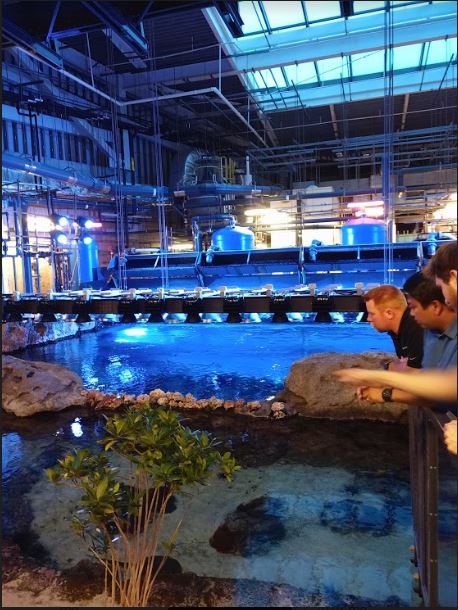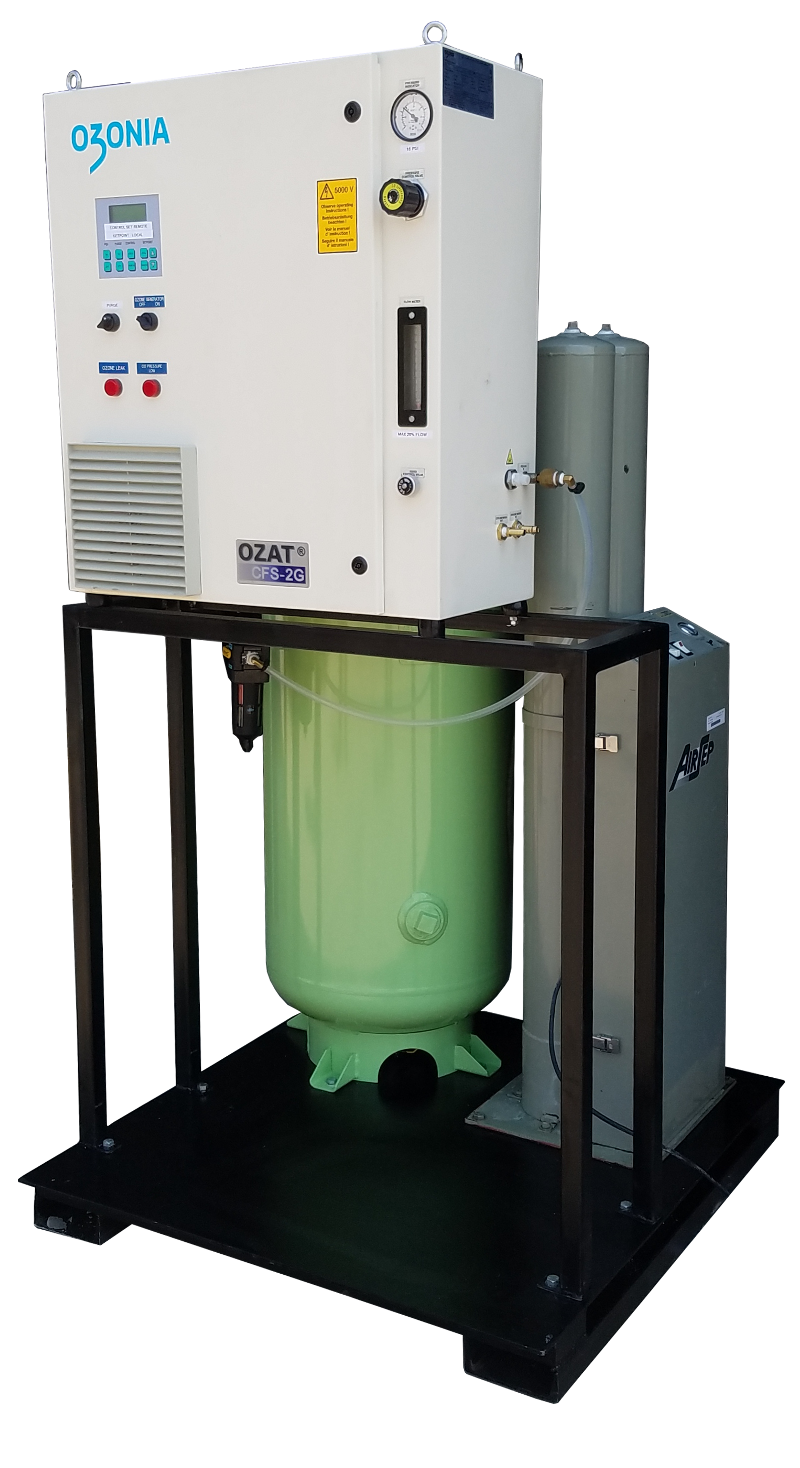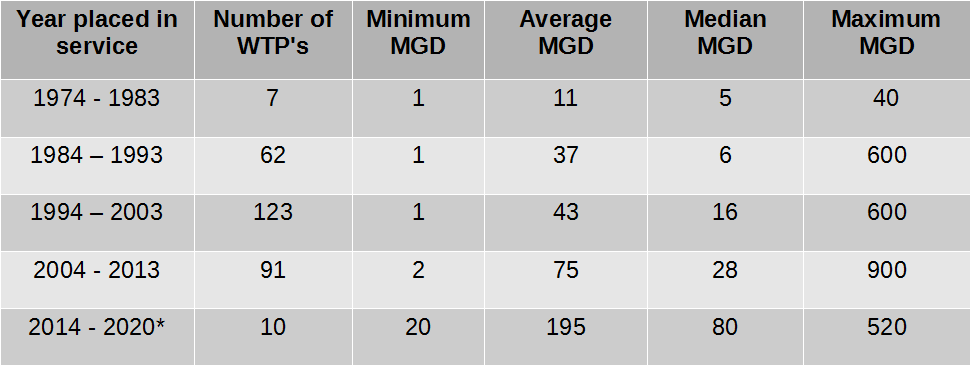
Ozone use to control odor and pollutants in large water treatment plants is well documented and growing. In addition to disinfection benefits, the ozone breaks down pollutants so that they are better removed with bacteria and filtration. The research and testing for these large plants provides a rich resource for developing a variety of small scale water treatment systems for applications like aquariums, car-washes, building water reclamation, and water condensate treatment.
The IOA convention this year provided an opportunity to visit the Atlanta Aquarium. This aquarium is the largest in the western hemisphere and is home to four whale sharks and over 100,000 other aquatic residents. The filtration system recycles the 10 million gallon capacity in approximately 1.5 hours. The filtration system incorporates ozone to maintain water clarity and disease control. The stunning display of aquatic life and continual maintenance of its health speaks well for the power of ozone.
Many of the presentations at the 2019 IOA convention presented research and studies relating to water treatment plants that treat over 500 million gallons of water per day. The aquarium was a great example of this process on a smaller scale. One of the presenters shared a project of implementing ozone to treat water-reuse for a train-car wash facility. Ozone was used to address a concern of biological contaminants picked up by the vehicles and entering the wash water. Ozone eliminated the danger of pathogens making the operators sick.
Ozone works well by itself for destroying pathogens, but needs help with filtration methods to clean up the left-over scraps. Many studies conducted for large waste water facilities demonstrate that ozone is often most effective for odor and pollutant removal when combined with filtering and/or hydrogen peroxide. Ozone alone will break down many pollutants, but some compounds require more energy. Hydrogen peroxide in the presence of ozone generates powerful oxidizing molecules
Hydroxyl Radical (OH-) which are even more effective. Ozone often breaks pollutants down to the point where they are more easily digested by bacteria in a biologically active filter (BAF). The ozone causes some molecules such as dissolved iron to coagulate so they are larger and can be filtered out.
Our team at Oxidation Technologies has worked with various food and recycling industries looking for ways to reclaim water for further process use. We are dedicated to understanding your process so that we can provide the equipment and resources you need and stay within your budget. We offer rental systems that can be used for experimentation before committing to a permanent system designed to fit your application.


